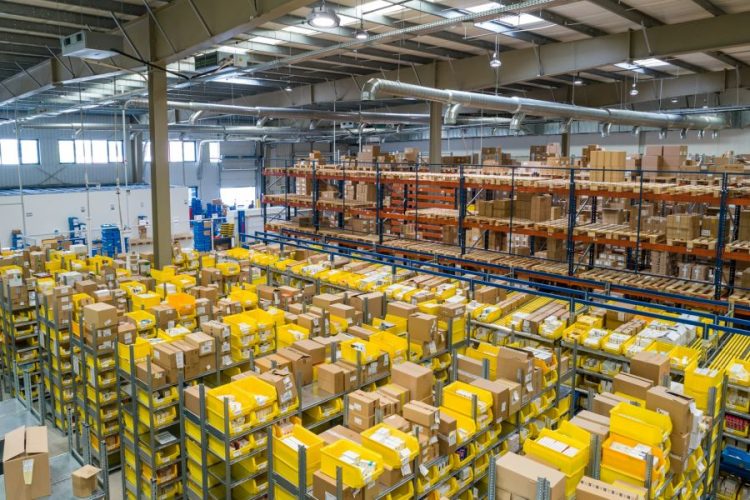6 Tips for Optimizing Your Business Warehouse Space

Categories :
Efficient warehouse space utilization is a crucial aspect of any successful business operation. It not only maximizes storage capacity but also enhances operational efficiency, reduces costs, and improves overall business productivity. However, achieving optimal warehouse space usage can prove to be an intricate endeavor, necessitating a strategic approach that considers various factors such as warehouse layout, inventory turnover, and the integration of advanced technologies. This article provides you with six practical tips to help you optimize your warehouse space, transforming it into a well-ordered, highly efficient, and cost-effective hub of your business operations. Each tip is crafted with real-world applicability in mind, enabling you to readily implement them and witness significant improvements in your warehouse operations.
1. Adopt a Suitable Warehouse Layout
The layout of your warehouse significantly impacts your storage capacity and operational efficiency. An intelligently designed layout ensures a smooth flow of operations, minimizes handling efforts, and optimizes the use of available space. Consider adopting strategies such as vertical storage or narrow aisle racking to maximize your warehouse space. Moreover, regularly revisit the layout to accommodate changes in inventory, technology, and business growth. An adaptable warehouse layout keeps your operations nimble, responsive, and efficient.
For example, organizing your warehouse in a way that the most frequently picked items are easily accessible can reduce picking time and increase productivity. Additionally, grouping similar products can help streamline picking and stocking processes. You can also consider using automation and technology to aid in your warehouse layout optimization efforts. Knowing the layout of your warehouse and implementing thoughtful changes can significantly impact space utilization, while also improving overall efficiency.
2. The Benefits of Working With Experts in Material Handling
Material handling is a critical component of warehouse operations, and working with experts in this field can dramatically enhance your warehouse efficiency. These professionals possess in-depth knowledge about the latest material handling equipment and technologies, and they can provide valuable guidance on choosing the right solutions for your unique warehouse needs.
By implementing advanced conveyors, automated guided vehicles (AGVs), or robotics, you can increase your storage density, reduce manual handling, and minimize the risk of worker injuries. The experts at The Material Handler emphasize the importance of maximizing storage space. Investing in suitable material handling equipment is key to achieving this goal. Whether it's through vertical storage systems, horizontal carousels, or pallet flow racks, partnering with material handling specialists can greatly optimize warehouse space. Knowing when to utilize specific material handling equipment, such as forklifts and pallet jacks, can also contribute to better warehouse space utilization.









